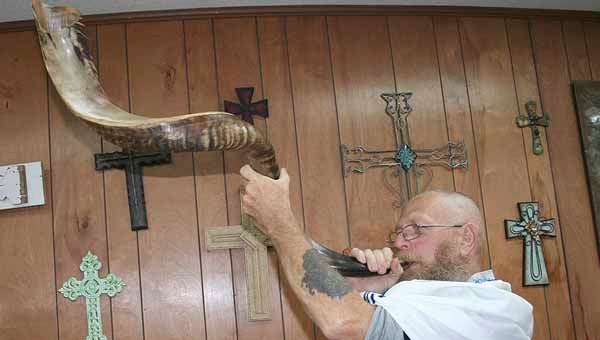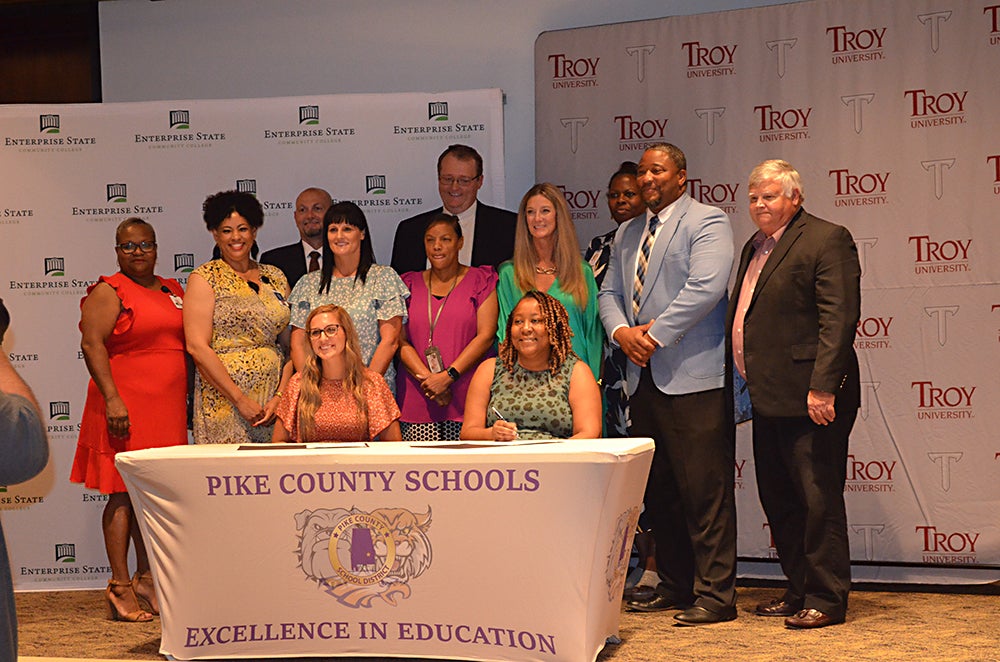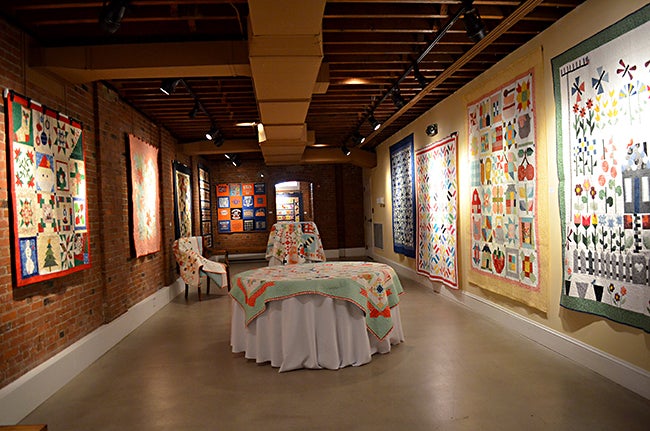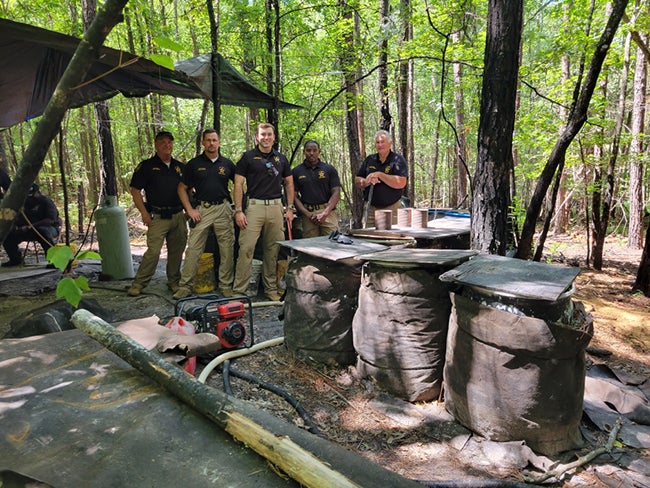Churchgoers celebrate Passover through Seder Meal
Published 11:00 pm Friday, March 29, 2013
Brundidge United Methodist Church hosted a Passover Seder Meal Thursday at the church with about 50 church members of all ages in attendance.
For most of those who participated, it was their first Seder Meal and was a very meaningful learning experience.
Rabbi Daniel Fraley, who presided over the Passover Seder Meal, said that the Seder Meal is the oldest religious rite still practiced in today’s world.
“This rite is almost 3,500 years old,” Fraley said. “Jesus used the meal to reveal the New Covenant for the first time.
“Passover gives us the basic understanding of the New Covenant, the Lord’s Table, the death of the Messiah and God’s end time judgments and redemption of the Earth through the blood of the Lamb.”
The Passover Seder Meal opened with the blowing of the Shofar and the preparing of hearts by the Passover-cleaning the leaven out.
“Leaven is a symbol of sin,” Fraley said. “We take a moment of prayer to humble ourselves before the Lord and ask for His light to shine in our lives to reveal any hidden sin.”
After lighting the Passover candles and welcoming Jesus into the presence of those who gathered, Fraley introduced the Four Cups – Sanctification, Deliverance, Redemption and Praise and Joy.
In the presentation of the Cup of Sanctification, Fraley said that, as Gentile believers in Christ, there is cause to rejoice.
“We who were without Him and strangers from him …we who were once far off…have been brought near by the blood of the Messiah,” Fraley said before the blessing of the wine, which was followed by the washing of hands which was symbolic of ministering to each other and ritual purification.”
Everyone was invited to dine from the symbolic Seder Plate.
“The parsley represents a new life out of death,” Fraley said. “The salt water in the cup represents the tears shed in Egypt because of the suffering. Tears were part of the redemption story of Egypt and tears will flow in the last days. Out of our suffering comes joy.”
The breaking of the middle Matzah represented Jesus, broken for the World.
“Look carefully at the Matzah,” Fraley said. “It is striped and pierced just as Jesus was striped, bruised and pierced in atonement for our sins.”
At that time in the meal, the Cup of Deliverance was offered and the story of Exodus was told. The participants dipped a finger into their wine and put drops of wine on their plates. The drops of wine represented each of the 10 plagues that struck Egypt.
Fraley explained the three symbols of Passover – Matzah, bitter herbs and shank bone.
“No more Temple, no more sacrificial Lamb,” he said. “We as believers know that God Himself was our Passover. Only He could bring redemption and only if He became one of us in the flesh through water of a woman’s womb.
“Since the Temple in Jerusalem no longer stands, lambs are no longer sacrificed at Passover. The shank bone remains to remind us of the sacrificial lamb.”
The Matzah was dipped to represent great suffering and the leader at each table broke the Matzah and placed on it bits of the bitter herbs.
“The eating the bitter herbs lets us remember the bitterness of slavery and the bitterness Jesus tasted for our redemption by agony, scourging and death,” Fraley said.
He instructed the participants to put another small portion of the bitter herbs on the Matzah and place haroset on top of it.
Fraley said haroset looks like the bricks the Israelites made for Pharaoh.
“The sweetness of haroset reminds us of the hope we have in God and that the most bitter suffering and sin can be turned into something sweet and joyous because of Grace.”
Fraley said there is no clear explanation about the roasted egg on the Seder Plate.
“Some say it represents the sacrificial animal and some say it is symbolic of the distinction of the Temple,” he said.
Following the dinner, which is a Feast unto the Lord, the leader at each table passed around the Afikomen and each person broke a piece, which represented the body of Christ “which is broken for you” and drank from the Third Cup, the Cup of Redemption.
“Just as the blood of the lamb brought salvation to Egypt, so it is only the atoning blood of Messiah that can provide salvation for us,” Fraley said.
The Fourth Cup, the Cup of Praise was raised in anticipation of the glorious future in God’s kingdom.
“When we will drink the new cup with Jesus, as a symbol of this time, we drink the Fourth Cup, the Cup of Praise,” Fraley said. “Thank you for letting me be your guide through this special time and share in the Passover Meal on the special High Sabbath.”






